Green IT: Unplug before you go away
Chargers for phones and tablets account for a growing proportion of the energy used by IT. Unplugging them could cut costs
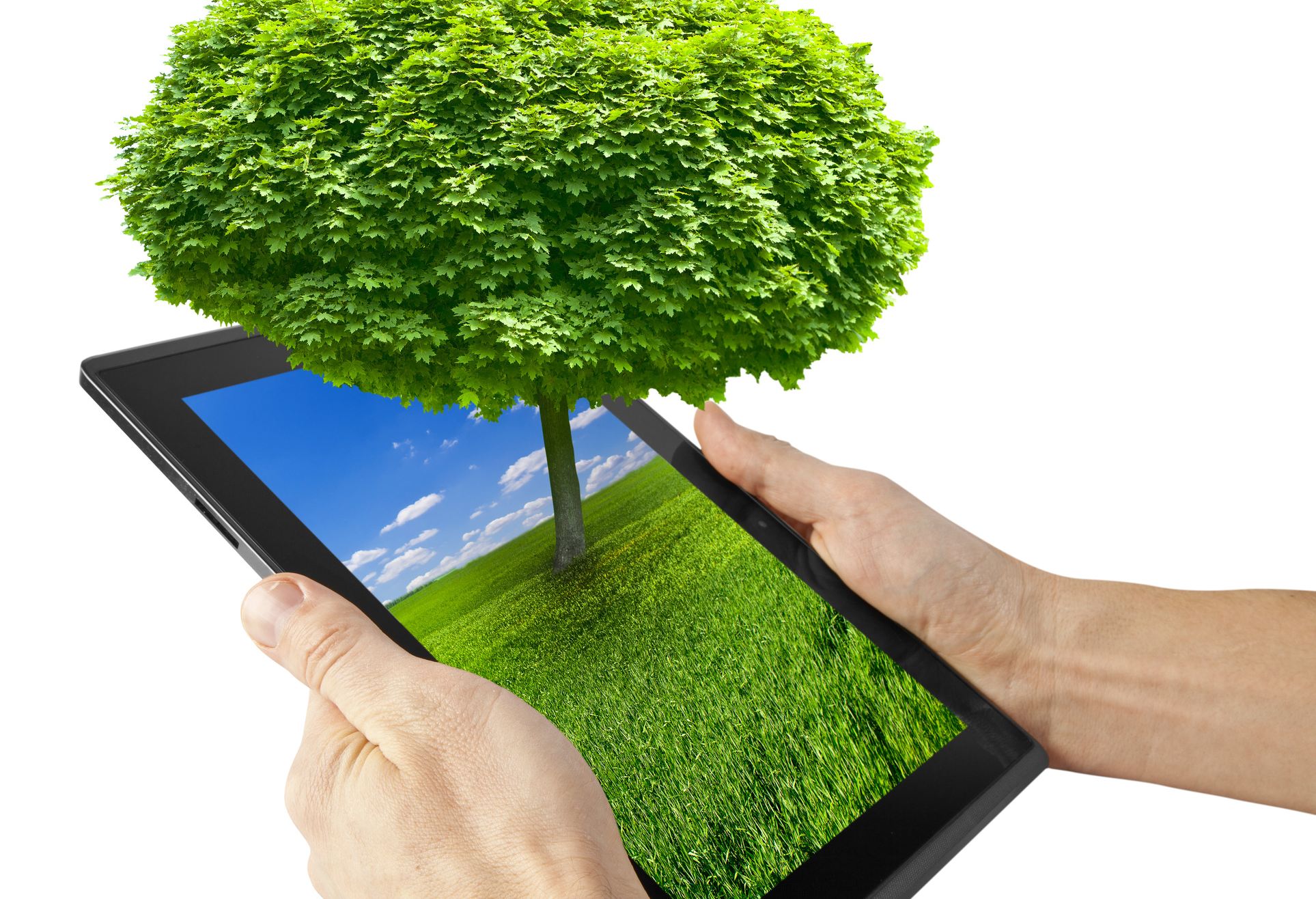
Inside the enterprise: Everyone in IT loves personal gadgets. We're even fonder of them in the holiday season, when personal devices from smartphones to tablets and laptops help to free knowledge workers from their desks.
Instead, they can set up shop in France, Tuscany, or almost anywhere where there is power, and bandwidth. The idea, or the ideal at least, is that you can go away more often, and stay away for longer, and still keep in touch.
But those two requirements, power and bandwidth, also demonstrate the downside of personal technology's growth. Each and every portable device needs power.
Of course, they use less power than a desktop workstation or a high-end laptop, but the power demands from personal technology are already significant.
Although the amount of power used by each single device is small, we tend to have several of them. In a business context, CIOs often complain that staff issued with a tablet or a smartphone don't usually give up their laptops in return. The result is more devices, and more power use.
To put this in context, analyst firm Juniper Research predicts mobile device chargers will generate more than 13 megatonnes of CO2 equivalent (CO2e).
And it is part of a wider trend for us to use more power for technology. Previous industry reports have suggested that IT now accounts for 10 per cent of worldwide energy use, though it remains hard to find accurate and up to date figures for IT energy use and CO2 emissions.
Get the ITPro daily newsletter
Sign up today and you will receive a free copy of our Future Focus 2025 report - the leading guidance on AI, cybersecurity and other IT challenges as per 700+ senior executives
Juniper's research, meanwhile, suggests that a large proportion of mobile device power consumption comes from "dirty" supplies, mostly coal. Coal-fired electricity grids in Asia will produce half the 2019 levels of emissions, equivalent to the emissions from 1.1m cars.
The long-term solution is to move to greener power sources, in Asia and closer to home. But in the short term, there are two steps that need to be taken, by industry and by consumers.
IHS Technology, another research firm, sees continued growth in demand for both mobile phone and tablet chargers up to 2018, although demand for power supplies for laptops will fall. And new chargers are, at least, more efficient than the models shipped with older phones. Nokia, for example, did a considerable amount of work on creating "zero load" chargers that use little or no power when they are plugged in to the wall, but not charging a device.
Not all chargers are that efficient, though, and aftermarket power adapters may well be less efficient than own brand units, a significant factor as manufacturers are starting to sell phones, in particular, without bundled chargers.
But the surest way to reduce power use from mobile devices is to unplug the chargers when they're not being used.
It's worth spending a few minutes to check for stray chargers under the desk, before packing for this summer's holidays.
Stephen Pritchard is a contributing editor at IT Pro.
-
 AI is helping bad bots take over the internet
AI is helping bad bots take over the internetNews Automated bot traffic has surpassed human activity for the first time in a decade, according to Imperva
By Bobby Hellard
-
 Two years on from its Series B round, Hack the Box is targeting further growth
Two years on from its Series B round, Hack the Box is targeting further growthNews Hack the Box has grown significantly in the last two years, and it shows no signs of slowing down
By Ross Kelly
-
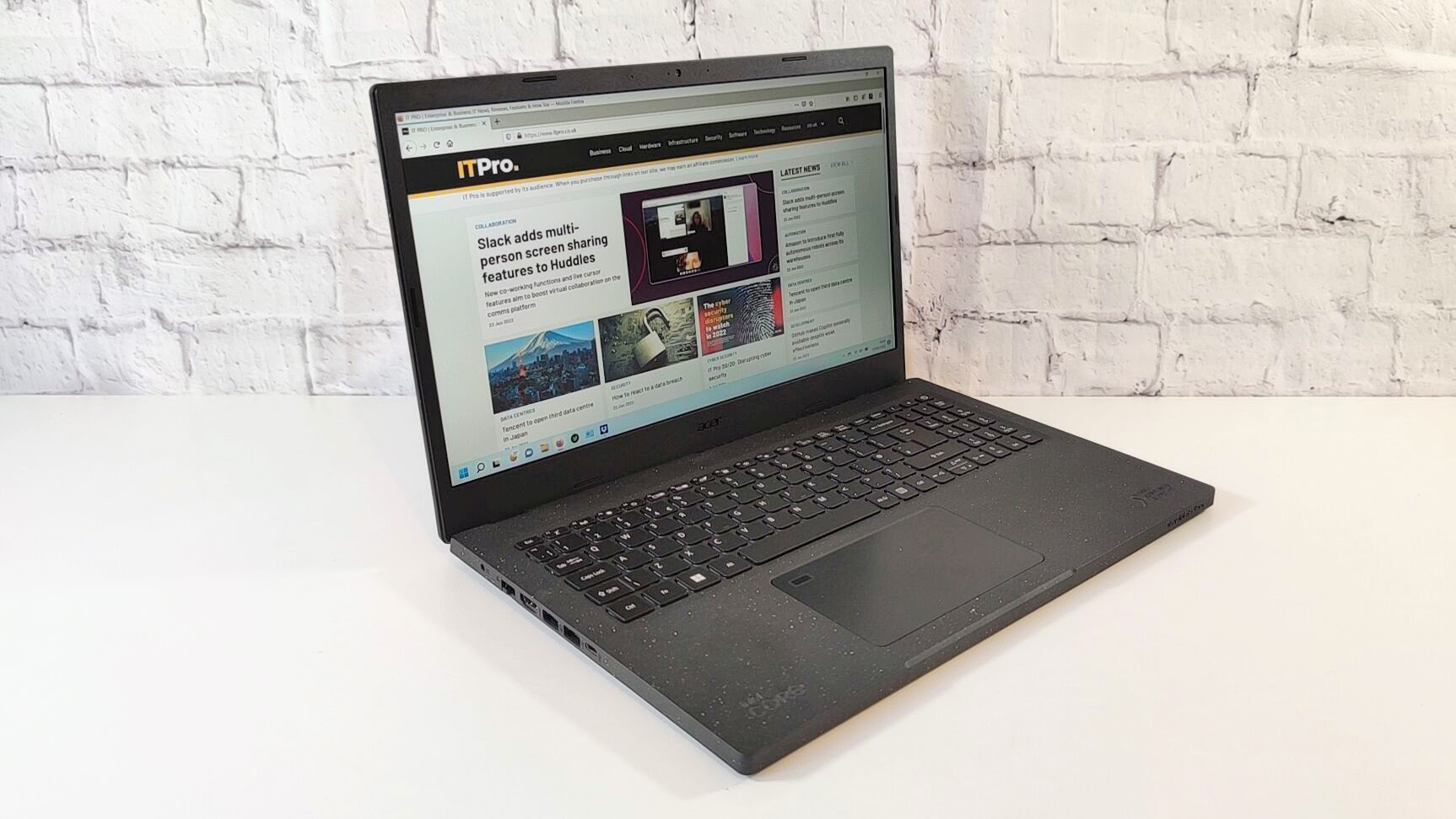
 Acer TravelMate Vero review: An eco-friendly business laptop
Acer TravelMate Vero review: An eco-friendly business laptopReviews Acer’s new eco-laptop may not solve the climate emergency but it’s a decent business laptop with its heart in the right place.
By Alun Taylor
-
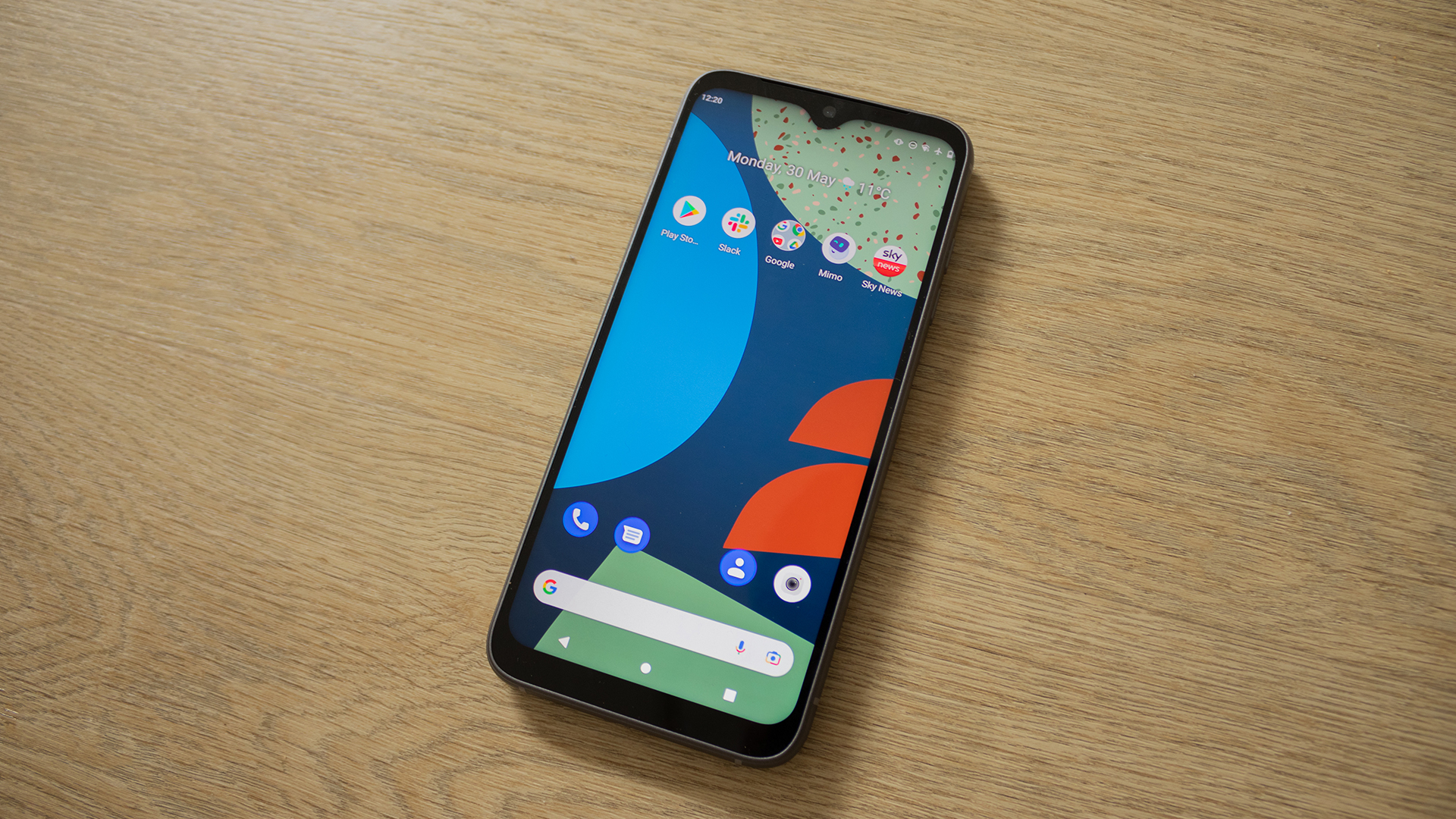 Fairphone 4 Review: A modular phone for a wasteful world
Fairphone 4 Review: A modular phone for a wasteful worldReviews The latest Fairphone is still the statement fashion piece to show your eco-friendliness, but better performance can be found elsewhere for a cheaper price
By Connor Jones
-
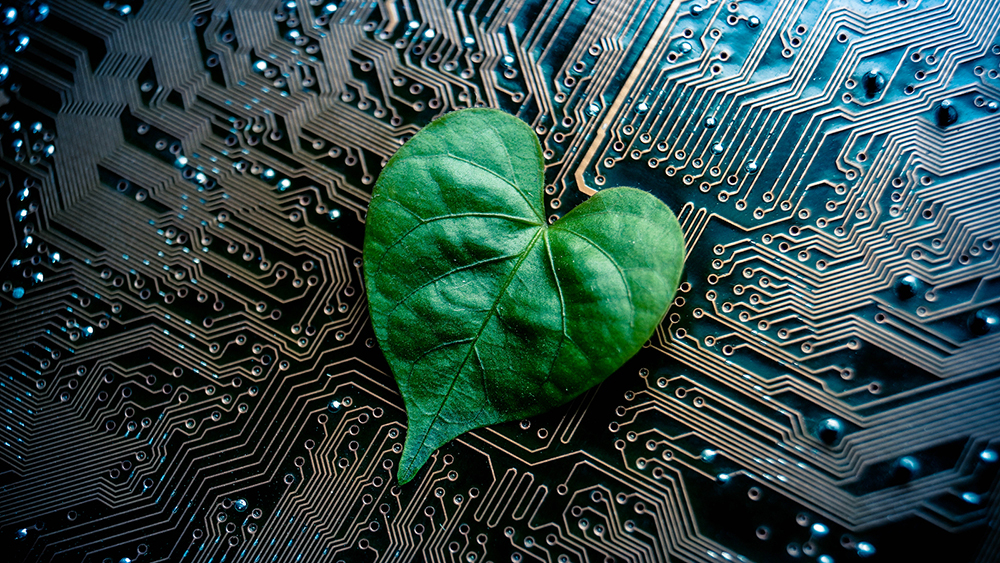 HP talks up recyclables at first Sustainability Summit
HP talks up recyclables at first Sustainability SummitNews PC and printer giant is working to cut waste and improve recycling
By Jane McCallion
-
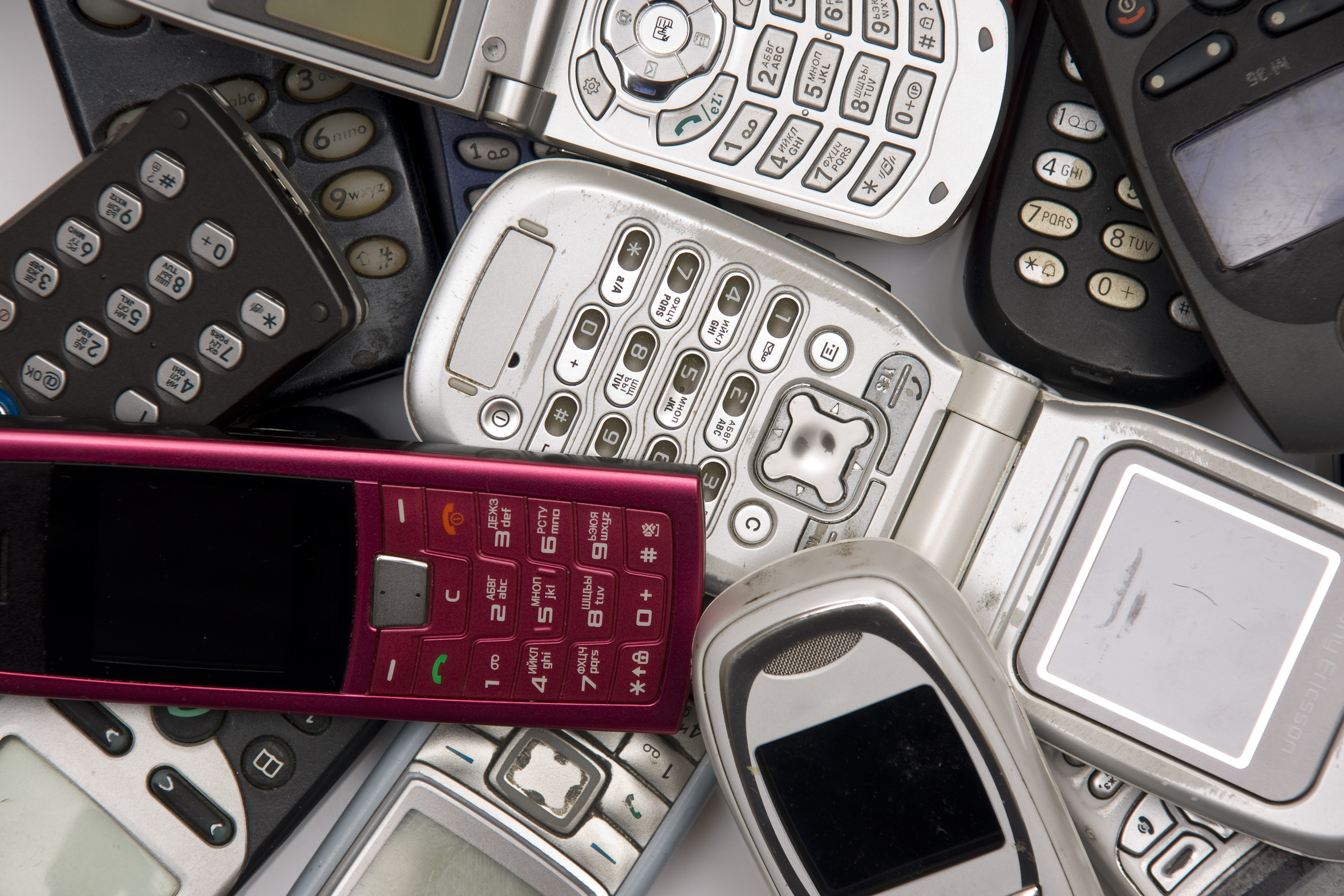 Five ways to get rid of your old phone
Five ways to get rid of your old phoneNews Some 77 million handsets are kicking around unused in the UK, when they could be sold, recycled or donated to charity.
By Nicole Kobie
-
 Microsoft launches website to help customers choose eco-friendly PCs
Microsoft launches website to help customers choose eco-friendly PCsNews Website to help find sustainably produced computers and dispose of old devices safely.
By Rene Millman
-
 O2 to ship all phones without chargers by 2015
O2 to ship all phones without chargers by 2015News Mobile operator calls on mobile rivals to join its campaign to go charger-free by 2015.
By Caroline Donnelly
-
 VeryPC Broadleaf green PC review
VeryPC Broadleaf green PC reviewReviews VeryPC aims to impress business users and look after the environment, but can it manage both with its new Broadleaf compact desktop? Mike Jennings finds out.
By Mike Jennings
-
 Sony Ericsson unveils eco-friendly Aspen handset
Sony Ericsson unveils eco-friendly Aspen handsetNews Aspen handset marks the latest arrival in Sony Ericsson's GreenHeart portfolio.
By Maggie Holland